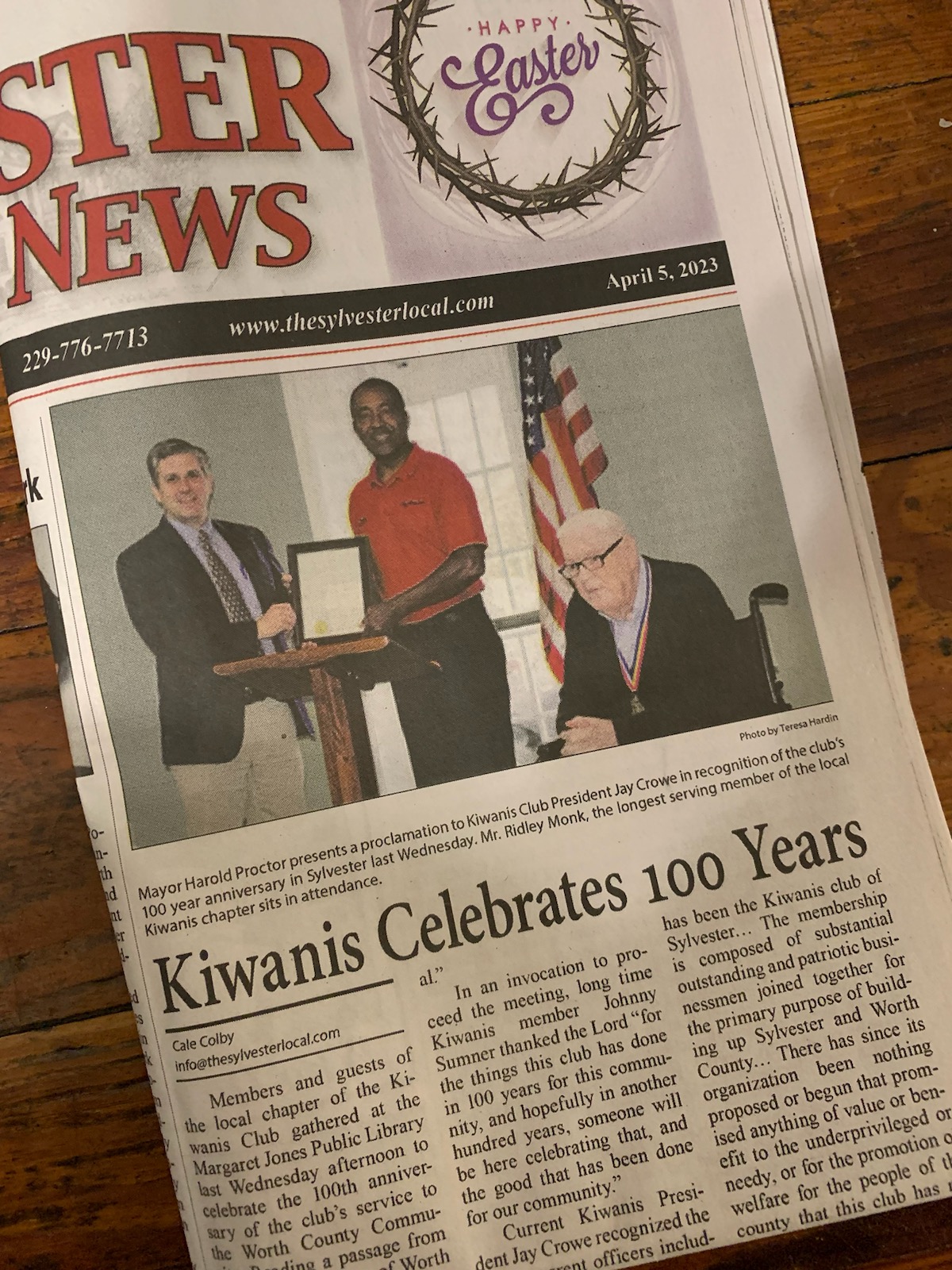(StatePoint) As classrooms are getting modern makeovers across the country, here are five ways new digital technology is helping students to better absorb the curriculum.
1. Tablets.

Tablets in the classroom give students instant and portable access to research and resources, as well as educational games and videos — all right at their fingertips. These devices can be used as collaborative tools, and can also accommodate all different types of learners, helping teachers address the needs of all their students.
2. Keyboards.

Musicians who are just getting started can get an educational boost with new tech tools, such as Casio’s LK-265 keyboards, which are outfitted with a Voice Fingering Guide and Step-up Lesson System. These features enable students to learn built-in songs, phase-by-phase, at their own pace. Additionally, the LCD display facilitates learning of both music notation and correct hand positioning, while its Scoring System evaluates performance, so users can track their progress. Another asset for students is the free compatible Chordana Play app, which automatically plays 50 songs, from pop to classical and more, and is expandable through MIDI files that can be downloaded from the internet.
3. Virtual reality.

Now students can go all over the world without a permission slip. Virtual field trips in classrooms using smartphone-based Virtual Reality (VR) technology can expose students to places they wouldn’t be able to see otherwise. Also, using VR in an educational setting can help students develop an understanding of the technology, which may be helpful down the line, as more industries adopt it for business applications.
4. Calculators.

Updated digital technology integrated into calculators enables students to learn math in a whole new way. For example, Casio’s addition to its PRIZM line, the fx-CG50, offers an improved catalog function so that teachers can use commands more easily and quickly, offering support to students. Expanded features include the ability to easily draw 3D graphs such as planes, cylinders and spheres, and view them from various angles to better analyze their shapes. These features help ensure students are getting the most out of the educational tools in the classroom while enhancing their understanding of mathematics.
5. Projectors.

These days, new projector models are giving educators a greater ability to project images, video and lessons wirelessly from their mobile devices and laptops. For example, Casio’s Core Series LampFree Projector, which features a mercury-free laser and LED hybrid light, minimizes classroom downtime by reaching maximum brightness in as fast as five seconds. This technology can enhance lessons by enabling collaborative learning and communication.





